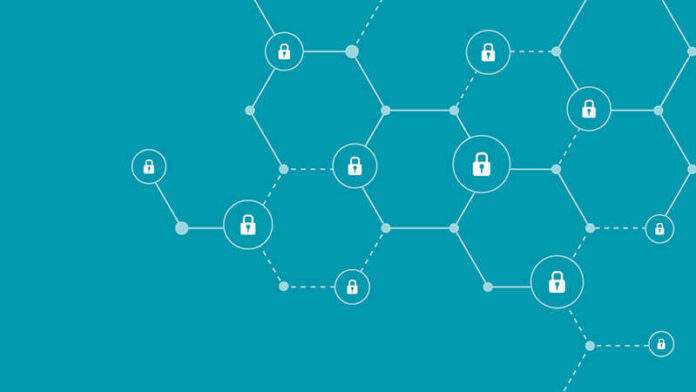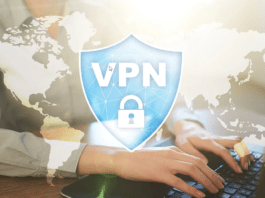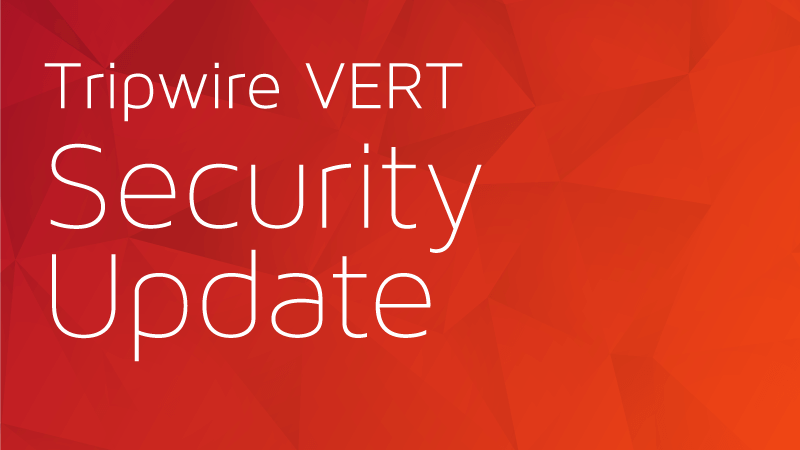The construction industry is now aware of the value of data after years of being behind. Amazingly, construction-related companies invested over $1 trillion. 188% more in cybersecurity in 2018–19. Every sector has been affected by data breaches and cyberattacks. 55% of UK businesses experienced a cyberattack in 2019 alone, and the average damage resulting from breaches is £176,000. Every company should have a cyber security system in place to prevent attackers ruining everything they’ve worked so hard to build.
Joint ventures are responsible for some of the largest construction projects in Britain. Joint ventures, also known as joint ventures, are business entities that were formed by more than one party. These businesses have shared ownership, share returns and risk, and share governance. To protect critical infrastructure, data that they control must be protected. Because individual businesses and national security can be affected by the inability to secure information, joint ventures need to ensure that their web sites, data systems and computer networks are protected. In collaboration with the UK’s construction sector, new guidance has been developed to increase information security and implement security best practices within the construction sector.
Joint Ventures and Information Security Risks
Digitalisation has brought about a rise in productivity and lower costs for the construction industry. There is also increased data interchange through digitalisation. It is also creating a new paradigm in which ever more data can be generated for every project and preserved digitally. The confidentiality, integrity, and availability of a project’s information and IT systems are increasingly critical to its success. This is making the industry attractive for cybercriminals, foreign actors and nefarious intruders who might try to take, misuse, alter, damage or prevent access from crucial information.
It’s important to note that all sizes of construction businesses are vulnerable to illegal activity. The high volume of money and sensitive data generated by JVs in the construction sector, differences in partners’ security and risk appetite approach, the complexity of their IT infrastructure, potential proximity to other significant assets, and extensive site structures make information security risks relevant to joint ventures.
There are information security concerns associated with construction sector JVs:
- Ransomware: Ransomware restricts users’ access to their systems by encrypting files in exchange for a payment. Ransomware targets the most often in construction industries. globallyIn the recent past, many UK businesses were affected.
- Phishing: Phishing is a technique that tricks unsuspecting users to reveal sensitive information so attackers have unauthorised access.
It is essential to approach JV security in a uniform manner. This includes creating and maintaining information security governance, accountability, assigning key roles, understanding joint venture requirements and security risks, as well as developing an information security strategy.
JV Information Security Roles & Responsibilities
JV’s information security roles in the Construction sector vary. The following roles and responsibilities are important:
JV IT Lead: Collaborates with the information security lead to develop the IT architecture required to meet the JV’s IT requirements. This position is supported by the internal teams of partner organizations.
JV Information Security Leader: Oversees the JV’s day-to-day information security requirements, security management plan, and information security strategy.
JV Security Controller: One representative from each JV Partner, who is responsible for information security activities in their company. He or she also works with Security Controllers on information security plans for the JV.
JV Data Protection officer: Designated individual that provides information, counsel and compliance with the Data Protection Act to the Board.
Information Security Management Plan
JV Information Security Lead (JV IT Lead) will manage the Information Security Management Plan. He will also select members of his team to help him.
In order to prevent duplication of effort and unnecessary expense, the Information Security Management Plan should adapt existing policies and methods used by JV partner organizations whenever possible. This will ensure that all relevant domain expertise is utilized.
Gaps or omissions within the information security management program will reduce the effectiveness of the strategy, which can lead to security incidents or breaches. Regular monitoring, testing, and auditing of security controls is necessary to ensure the plan’s effectiveness.
Designing and implementing an Information Security Management Plan is crucial
The JV’s strategy for detecting, evaluating, and controlling threats to its shared IT infrastructure must be agreed upon and implemented as the first stage in creating an information security management (ISM) plan. After selecting an ISM approach, partners’ representatives should compare it to their enterprise ISM approach to find areas where process modification is required.
All JV partners must strive to adhere to standards in their IT processes and systems, especially Cyber Essentials. Just like all other organizations, JVs should ensure there are established protocols and procedures for detecting, responding to and recovering from security incidents. It is possible to do this in a JV through reusing or adapting existing procedures. Even though the new formulation was not yet in place, guidance Although the information security guidelines do not recommend a specific strategy, they advise partners to draw on their previous experience using widely recognized methodologies, like ISO 27001 or NCSC CAF. The chosen approach should cover identification, detection, protection, and response to information security risk.
Conclusion
The new Information Security Best Practice GuideThe UK’s government and industry have provided security guidance to construction firms that is unrivalled in its type. We provide specific guidance on how to This handbook is designed to help companies protect their sensitive data from hackers by helping them store, manage, and exchange information they generate in joint ventures. The suggested actions can help businesses reduce their vulnerability to cybercrime by increasing employee and physical security.
About the Author: Mosopefoluwa is both a Cybersecurity Analyst certified and a Technical writer. As a Security Operations Center Analyst (SOC) analyst, she is well-versed in creating cybersecurity content for organisations and raising security awareness. Volunteering as an Opportunities and Resource Writer for a Nigerian-based NGO, where she created weekly opportunities of interest to women. Her regular writing is at Bora.
Her other interests are law, volunteering and women’s rights. In her free She enjoys reading, swimming, and watching films.
You can connect with her here LinkedIn And Instagram
Editor’s Note: Tripwire, Inc. does not endorse the views expressed in this guest writer article.





